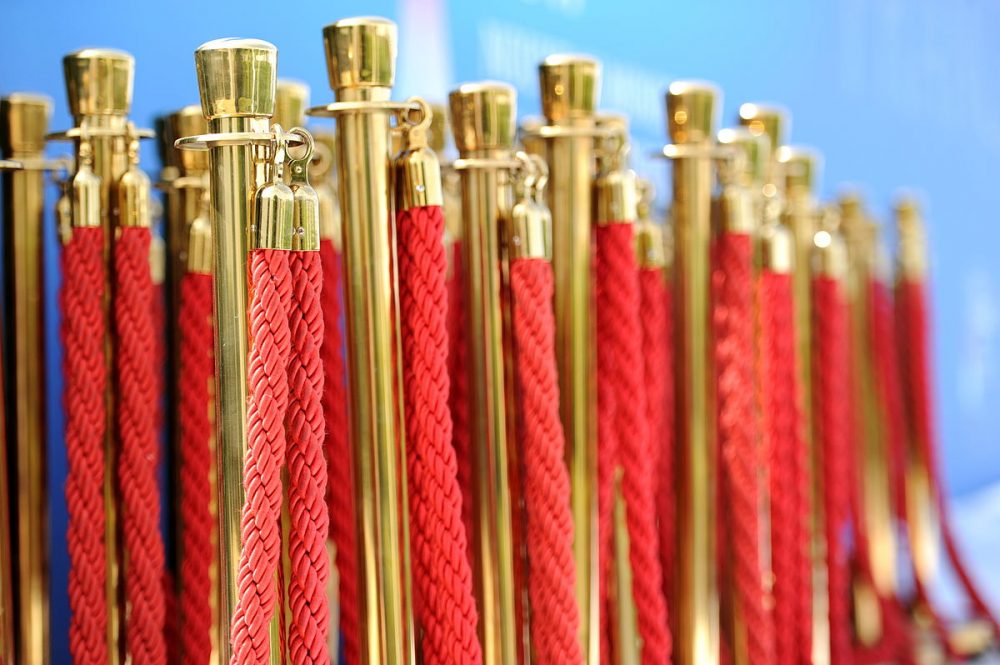
Why is optimizing the waiting line is the most crucial element for your business? There is one factual reason that no customer likes to wait in a line. However, waiting in line is inevitable at some places, but excessive waiting impacts the customer experience.
Customers are very selective when they have to choose among businesses. They will choose the business where their requests are heard and accomplished immediately.
According to CrowdControlCompany Adequate queue management helps you to target existing as well as potential customers.
If you are wondering how to organize the belt stanchions and other barriers, this guide will help you to create an effective waiting line management system. With this, you can manage your crowd as well as provide a smooth experience.
What is the Psychology behind Line Management?
While you are waiting in line, you tend to think about how much time you are going to spend. You will wait as far as you are getting some positive outcome.
Below are the things business should consider while forming a waiting line.
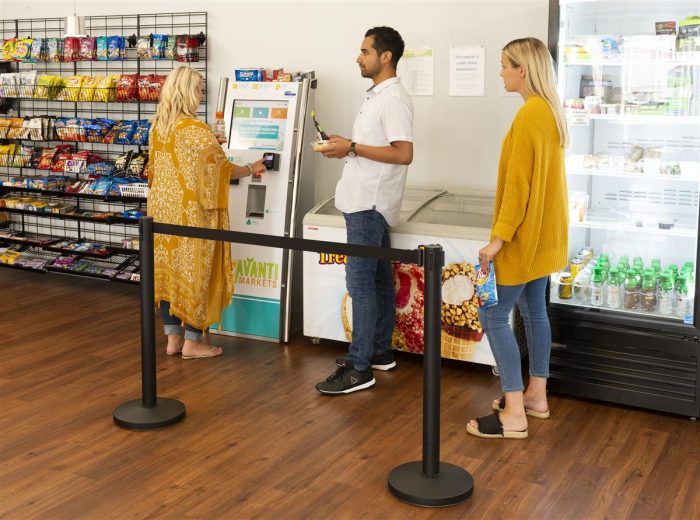
Confusion Regarding the Starting Point of the Waiting Line
If there are no retractable belt stanchions or barriers, the customers will get confused about the entry and exit points of the waiting line.
You can employ the opening and exit signs to direct the customers. Also, make sure the signage is understandable and clear to every customer.
Fair Treatment of the Customers
According to customers, if a store has more than one line, they treat customers differently. Sometimes, stores divide the lines among customers holding a membership card and another line with customers who don’t have a membership card.
Customers like to be treated fairly. If they find their line moves slowly because other people are entering the line, they feel mistreated.
Two-Three Waiting lines don’t Make a Difference
People can wait in line if it is moving at an adequate speed. If the waiting line moves slower than expected, it will lead to a negative customer experience.
Basics of Queue Management
No matter the number of belt stanchions you have employed or line size, you need to focus on some basic waiting line tactics.
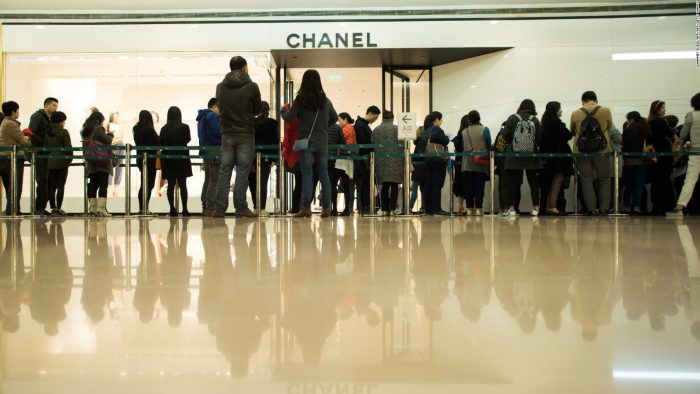
Visible Checkout Area
Whether the customer is standing in the middle of the line or at the end, the checkout area should be visible from where he/she is standing. If that is not the case, they might not enter that particular line and leave the item behind.
The main reason behind the idea is that when the checkout area is not visible, they might not be able to calculate their waiting time. Thinking of long waiting time will make them leave the queue and item altogether.
Checkout Queue should have a Single Entrance
The checkout queue must consist of a single entrance to guide the customers. If not, then customers will get confused about the line entrance and result in an unsatisfactory experience.
Place Retractable Belt Stanchions at a Certain Angle
Customers tend to make a group along the large corner as they don’t know how the line is moving. If you place belt barriers at an angle along the corners, it enhances the traffic flow in the waiting line.
Adjusting and Monitoring the Line Efficiency
While forming a waiting line for your business, your top priority should be to respect the time spent by your customers while waiting.
If you have few customers on a particular day, you can readjust the belt stanchions and remove the barriers as per the requirements.
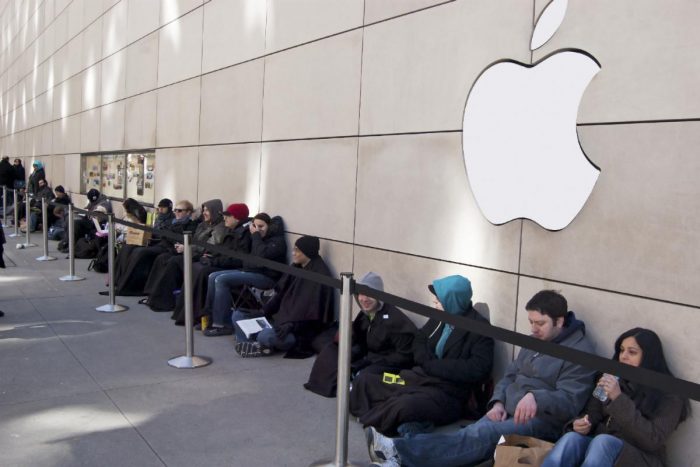
Move the Line in the Right Direction
People have the natural inclination to move in the right direction. If your line turn left, it could sometimes confuse the customers.
You can witness the belt stanchions at the museums or airports are positioned on the right. It would simply improve the customer experience.
Make sure People get Closer to the Destination with Each Move
Whenever a customer turns a corner, he/she should come closer to the destination. The destination, in this case, is the checkout counter. If they feel getting away from their destination, will have a negative impact on their experience.
What should be the Layouts for Waiting Lines?
Layouts are made to simplify the process for customers as well as businesses. Generally, you can find L-shaped and U-shaped queue layouts followed by most businesses.
U-shaped Layout
U-shaped layout is the most flexible layout suitable for slower servicing businesses such as amusement parks or ticketing offices. You can expand the U-shaped queues into multiple
U-shapes as per the requirements.
The waiting line layout helps to accommodate several customers, making it an excellent choice for big enterprises.
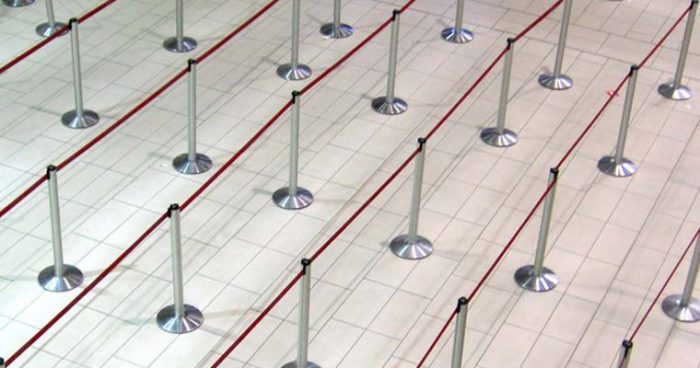
Express Lane U-shaped layout
With express lanes, you can enable several customers to remain in the line. It also enables a quick checkout for priority customers as well as customers having less items.
The best part is the express lane can also allow the VIP customers or disabled customers to be in the line.
L-shaped Layout
You will find a most waiting line in L-shape. The layout is suitable for concession stands, coffee shops, small retail stores, and fast-food restaurants.
Having a small business doesn’t mean your customers don’t need line directions. It is beneficial to use belt stanchions so that no one can enter the wrong line due to a lack of signage.
Express lane L-shaped layout
You can employ an express lane with an L-shaped layout at airports, gift shops, or small banks. However, you need to place retractable belt barriers to variable colors in the express lane. It will allow the customers to distinguish among different lines.
Final Thoughts
Waiting Line is an essential part of any business per se. The businesses that know how to keep customers waiting in a line happy can help in providing a satisfactory queuing experience. With the right strategy and tools, any business can form a waiting line that is effective and keep the customers happy.
Using the retractable belt stanchions, you can formulate a strategy to help the customers follow the line’s direction and reduce the waiting time. However, your strategy should always aim to provide a positive experience to your customers.








